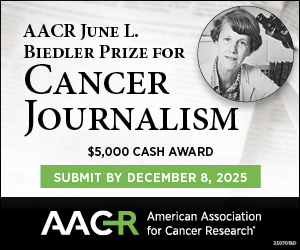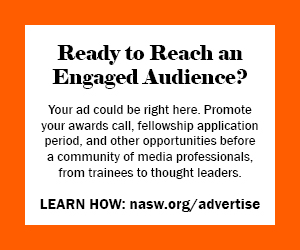Bombs at the Boston marathon and explosions at a Texas fertilizer plant: compare and contrast. Terrorism vs. (probable) accident. Is Twitter getting better as a news tool? After the marathon blasts, the best of medicine leapt into action. Action at the Supreme Court on human gene patenting. The dismal (non)science: Is worldwide economic misery due to an Excel coding error?
As we submit this article, the election season has just wrapped up in the United States. During our observation of the various campaigns, we noticed a general lack of discussion about science in the political discourse. Some recently published research gives us some ideas about what level of engagement is appropriate in raising these issues and how that engagement sways public opinion.


